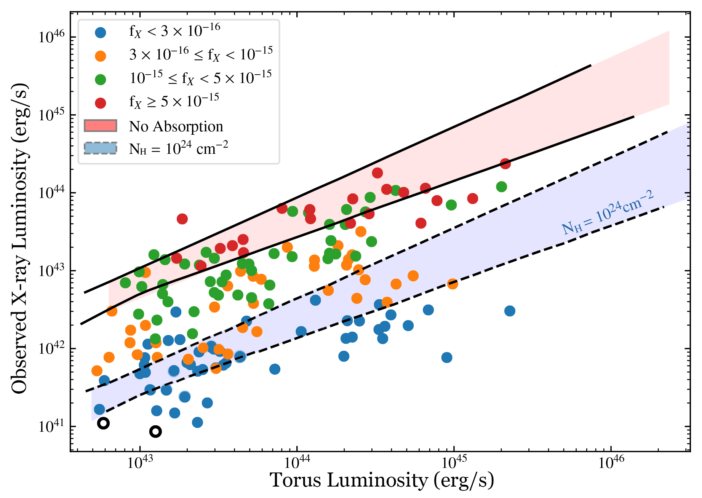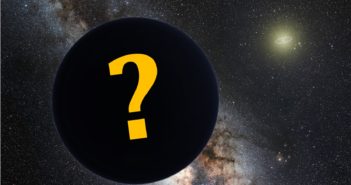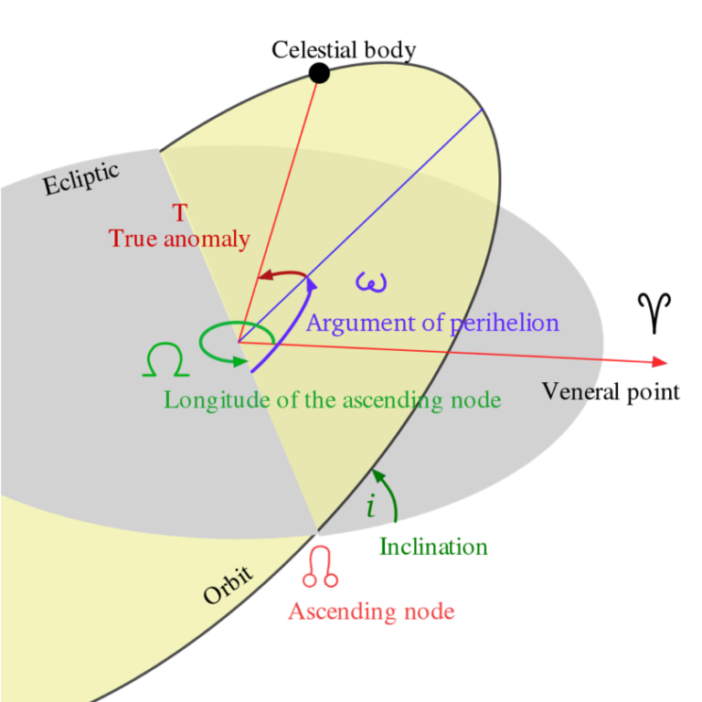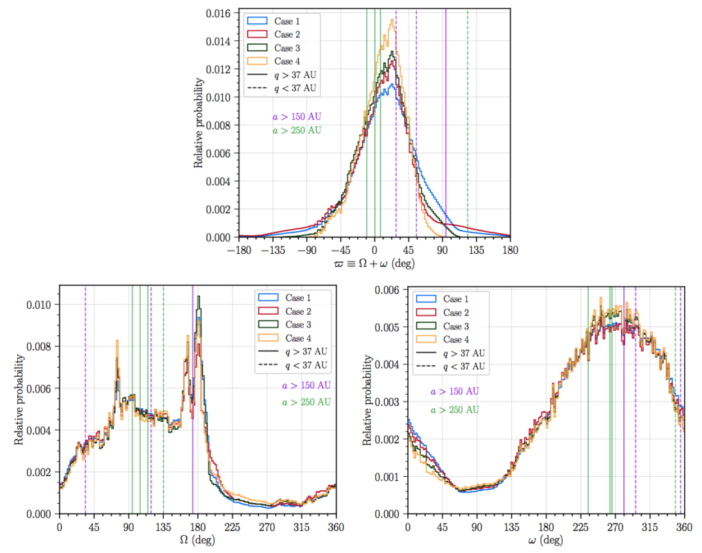Editor’s Note:
The American Astronomical Society endorses and is participating in the grassroots efforts to #ShutDownSTEM, #ShutDownAcademia, and #Strike4BlackLives on Wednesday, 10 June. We encourage everyone in our community to make a lifelong commitment to action to eradicate anti-Black racism in the astronomical sciences — and in academia and research more generally — beginning today.
Instead of our usual highlight, today we are sharing a post recently published on Astrobites that contains suggestions of ways to support Black astronomers and make astronomy more anti-racist. If you find this post useful, you can look for future posts in the #BlackInAstro series on Astrobites. For further reading, the AAS also has a list of discipline-wide resources on diversity, equity, and inclusion.
A Spanish translation of this post can be found here at Astrobitos.
Una traducción al español de este artículo está aquí en Astrobitos.
The U.S. is rising in protest in the wake of the murder of George Floyd by the Minneapolis Police Department. The murders of George Floyd, Breonna Taylor, Tony McDade, and Ahmaud Arbery are the most recent in a long history of extrajudicial murders of Black people in the U.S. We at Astrobites stand in solidarity with the protestors, and against the systemic anti-Blackness that continues to enact violence on Black people in this country. We recognize that these same systems pervade academia and our field, and contribute to the inequities present in astronomy.
Why are we discussing these issues on an astronomy website? First, our scientific research is stronger when it comes from a community grounded in respect and diversity. But most importantly, we believe that the people in our community should be prioritized over our science. In order to do so, astronomy must be explicitly anti-racist and actively work to support Black students and researchers.
As authors for a publication widely read by astronomers and students, we at Astrobites have a responsibility to address issues of inequity. We acknowledge that we can be and should be doing more to amplify Black voices and build a better community for our Black colleagues. As one effort, we are starting a new series called #BlackInAstro, aimed to highlight the work of Black astronomers and the ways in which racism affects their experiences.
In this first post, we’ll share things that astronomers (particularly non-Black astronomers) can do, both during this time and to address racism and anti-Blackness in the long term in our field. We’ve also put together a list of suggested resources — compilations, readings, and podcasts — for folks working towards becoming more anti-racist.
What Can Astronomers Do?
We have compiled some ways that astronomers — particularly non-Black astronomers — can support Black folks in the field, both immediately in response to events like this week’s and in the longer term. Some of these are specific to our positions in academia, while many are general things that everyone can do, and that Black folks have been asking everyone to do for a long time. Whether you are an undergraduate, a graduate student, a postdoc, or a professor, you can help make the field of astronomy more anti-racist!
- Listen to Black people and amplify their voices. Work to understand what Black people are telling you, and work to listen without getting defensive. This can be difficult, particularly because as astronomers we’re often trained to defend our scientific results — but it’s important to listen, and to reflect on and learn from our mistakes.
- Check in with Black colleagues, friends, and students. This is a time of immense grief, pain and trauma for Black folks. Check in with the Black folks in your professional and personal circles; share your support and offer to do anything you can.
- Talk to non-Black people about what’s happening. The burden to address issues of racism and anti-Blackness often falls on Black folks, which is labor-intensive and can be traumatic. Non-Black people have a responsibility to start these conversations.
- Advocate and don’t gatekeep. Direct effort into advocating for Black students and folks in the field, both by supporting institutional efforts to improve equity and by stepping up for individual Black colleagues. On the flip side, do not engage in gatekeeping behaviors that make the field more exclusionary, such as those that continue to occur in introductory STEM courses and graduate admissions.
- Educate ourselves. Don’t expect Black people to do the additional work of educating everyone else. Take time to read about the history of the oppression of Black people and the ways anti-Blackness manifests today. Focus on writings by Black folks. In an academic setting, one way to do this is to start an equity-focused journal club. If this is newer to you, this glossary is a good place to start. A list of further suggested reading is at the bottom of this post.
- Support #BlackInSTEM efforts. Signal-boost Black students and researchers in STEM and share their work. This is critical both for supporting these individuals and for showing others that Black folks can succeed in the field; representation matters. For one great list of Black junior astronomers, check out this Twitter list compiled by Ashley Walker.
- Speak up and push leadership to speak up. We should expect leaders in our spaces — department chairs, PIs, project/telescope/survey directors — to speak up and express support for Black folks under their leadership. Silence plays into the myth that our workplaces and identities can be separated.
- Don’t expect productivity. During this time, all of us should be focusing our energy on supporting Black colleagues and anti-racism efforts. Black folks especially are processing, grieving, and fighting. Expecting academic productivity in these times of crisis ignores the experiences and needs of Black people.
- Don’t take up space. During times of crisis for Black folks, focusing on unrelated issues can seem minimizing. This is especially true for academic-related matters which Black folks may not have time and energy for right now.
- Donate. Many of us are in the privileged position of still receiving paychecks during this pandemic. Donate to Black justice organizations and to organizations that promote Black folks in STEM. Here are some suggestions:
As a reminder, many of these suggestions aren’t just action items for the immediate crisis! We must continually work to support Black peers and colleagues.
Suggested Reading Lists
Note: Consider buying from Black-owned bookstores! Here is a list of some in the US.
Comprehensive Guides to Anti-Racist Reading (and Watching)
Some Suggested Reading on Race and Anti-Racism in the US and UK
Stamped from the Beginning: The Definitive History of Racist Ideas in America
Ibram X. Kendi
Award winning history of how racist ideas were created, spread and rooted in American society. A staple of US anti-racism literature.
How To Be an Antiracist
Ibram X. Kendi
Award winning guide through antiracist ideas, and how to work to oppose them in society and ourselves.
So You Want To Talk About Race
Ijeoma Oluo
A contemporary overview of race in the United States, including police brutality, the BLM movement, intersectionality and microaggressions in day-to-day life.
Me and White Supremacy
Layla Saad
A guide on understanding your own privilege, examine unconscious biases, and how to combat racism.
Why I’m No Longer Talking To White People About Race
Reni Eddo-Lodge
An incredible resource detailing untaught black history, relations between class and race, and how White people can improve allyship. A must-read if you think the UK doesn’t have a race problem.
White Privilege: The Myth of a Post Racial Society
Kalwant Bhopal
An academic look at why black and minority ethnic communities continue to be marginalised in modern times, and how this is linked to government policy in the United Kingdom.
The History of White People
Nell Irvin Painter
A book describing the origin of the concept of ‘whiteness’, and the building of race as a social construct over centuries.
White Fragility: Why It’s So Hard for White People to Talk about Racism
Robin DiAngelo
Examines how the behaviors of White people in response to challenges of racism – including anger, defensiveness, and argumentation – protects racial inequality, and discusses ways to engage more constructively.
Books on Race in Academia and STEM
Superior: The Return of Race Science
Angela Saini
An in-depth, cross-disciplinary look at the presence of race science in modern society, while thoroughly debunking it.
(Note that in some regions of the world, Amazon is offering free versions of this book for a limited time.)
Algorithms of Oppression: How Search Engines Reinforce Racism
Safiya Noble
Challenges the idea that search engines like Google offer an equal playing field. Describes data discrimination as a real social problem, in which a biased set of search algorithms privilege whiteness and discriminate against people of color, specifically women of color.
Racism without Racists: Color-Blind Racism and the Persistence of Racial Inequality in the United States
Eduardo Silva-Bonilla
Discussion of color-blind racism and the evolution of new racial stratification.
The Immortal Life of Henrietta Lacks
Rebecca Skloot
Discusses really important questions of bioethics of the HeLa cells that are used in almost every lab in the US today, but note that it is not by a black author!
Presumed Incompetent: The Intersections of Race and Class for Women in Academia
Edited by Gabriella Gutiérrez y Muhs, Yolanda Flores Niemann, Carmen G. González, Angela P. Harris
Documents and analyses lived experiences of women and women-presenting academics of color. A collection of essays about the intersectionality of race and gender.
African Cultural Astronomy
Jarita C. Holbrook, Johnson O. Urama, and R. Thebe Medupe
A collection of essays describing the current status of archaeoastronomy and ethnoastronomy research in Africa.
Podcasts
Cite Black Women Collective Podcast
This bi-weekly podcast features reflections and conversations about the politics and praxis of acknowledging and centering Black women’s ideas and intellectual contributions inside and outside of the academy through citation.
The Nod
The Nod uplifts Black experiences in the U.S. and abroad. For example, in episodes over the last couple years, hosts Brittany Luse and Eric Eddings have told stories about everything from Josephine Baker’s “rainbow tribe” to an oral history of the song “Knuck If You Buck.” Where else have you heard or read those stories? Probably nowhere.
The Stoop
Similar to The Nod, The Stoop highlights Blackness by digging deeper into stories that we don’t hear enough about. Hosts Leila Day and Hana Baba discuss what it means to be Black and how we talk about our Black experiences through conversations between the two, as well as experts and Black people across the diaspora. A recent episode examined the word “hotep,” its meaning, and how its use has changed over the years.
Code Switch (on NPR)
Code-switching is the practice of shifting between languages or forms of expression in different contexts. Hosted by journalists of color, Code Switch explores race and how it impacts every part of society. The most recent episode, “A Decade of Watching Black People Die,” is particularly relevant right now.
About the Author, the Astrobites Collaboration
This post was written collectively by multiple members of the Astrobites team. Meet the authors of Astrobites.
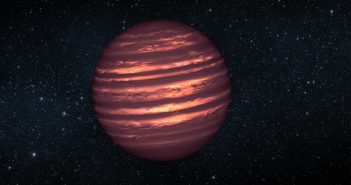
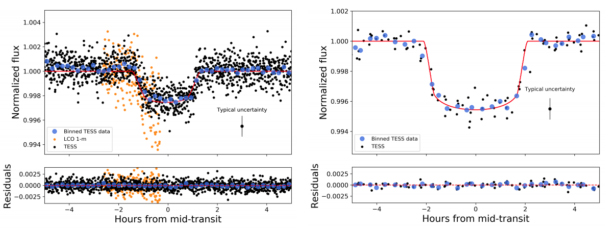
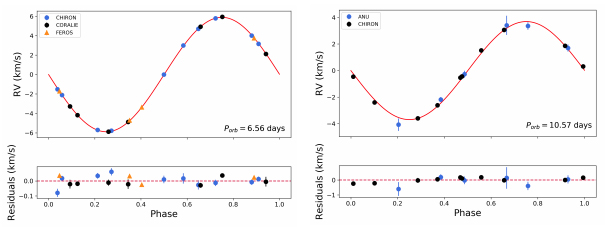



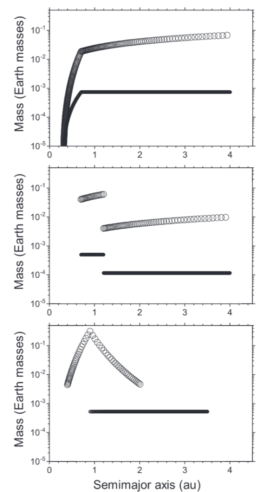
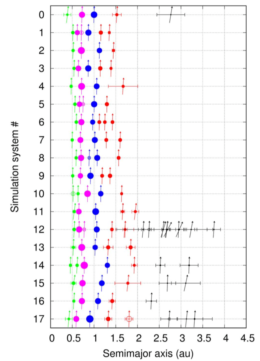




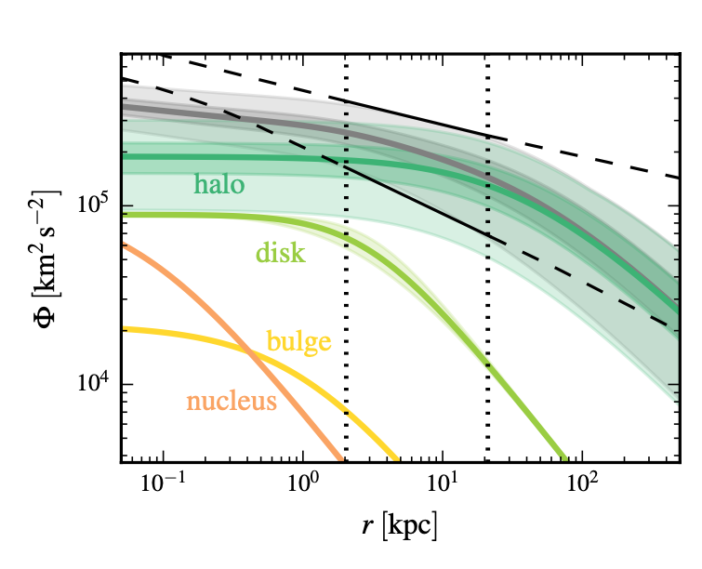


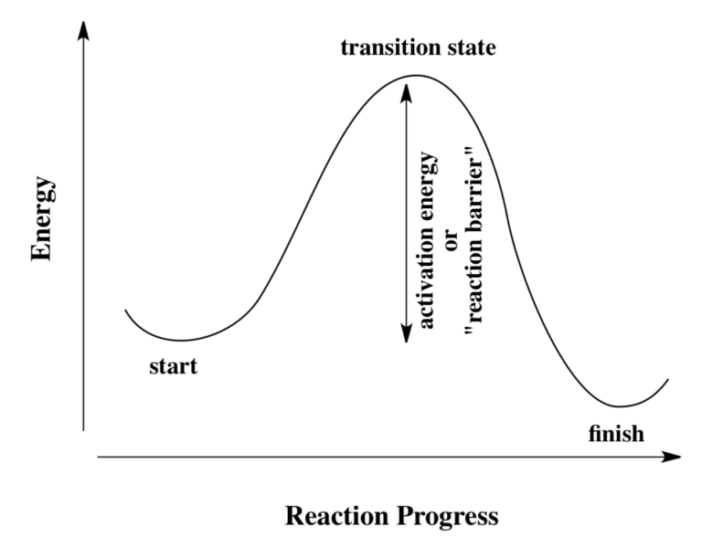





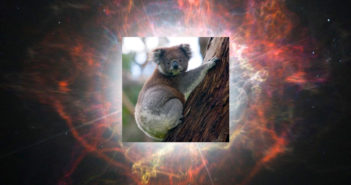
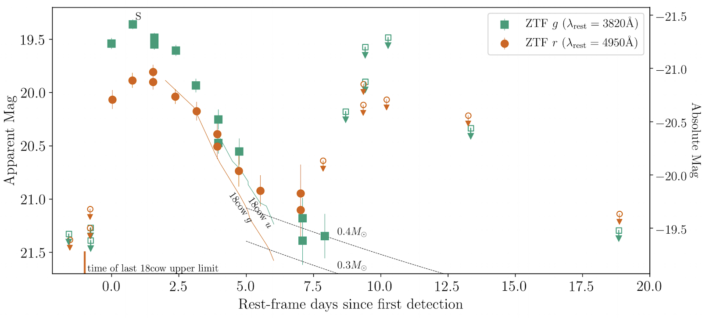

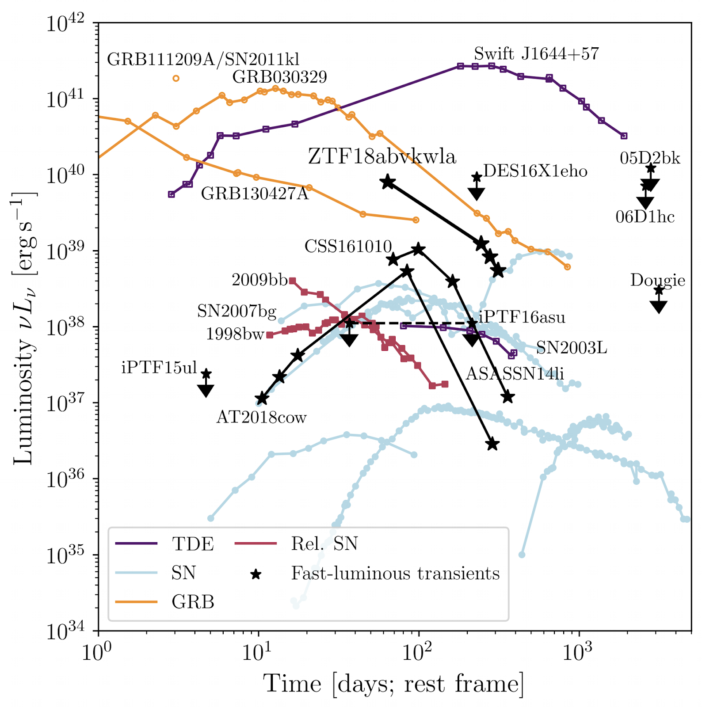
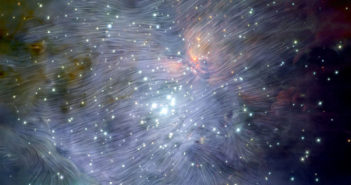
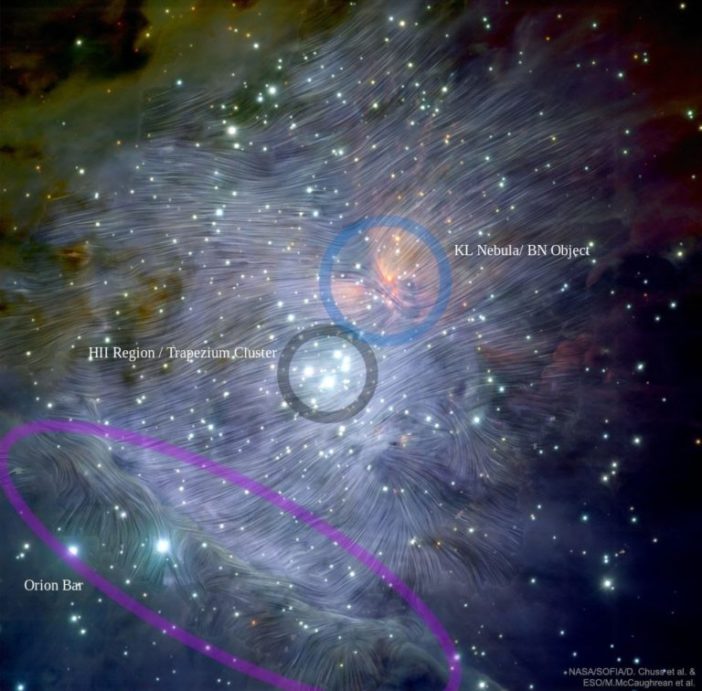
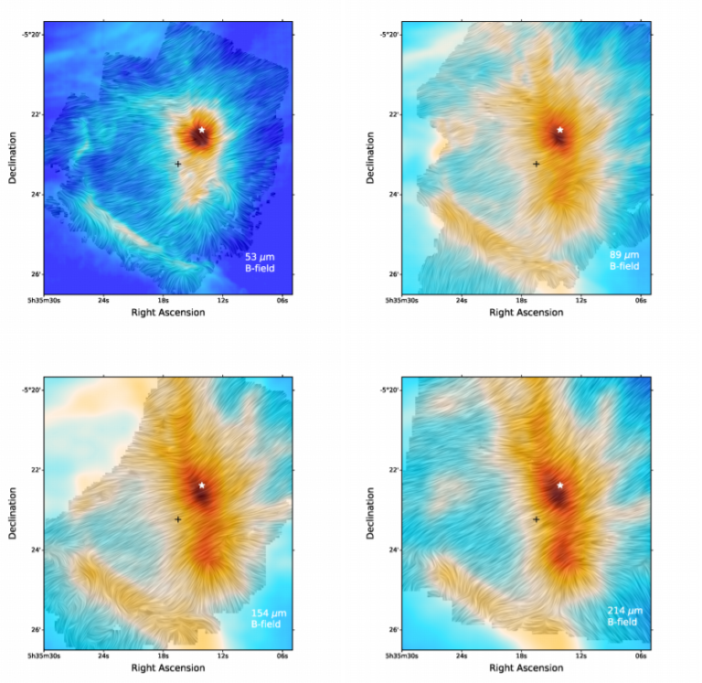
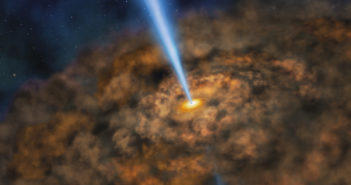
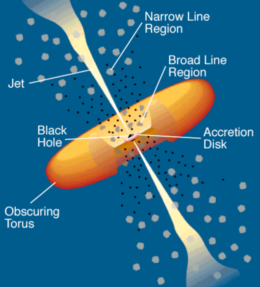
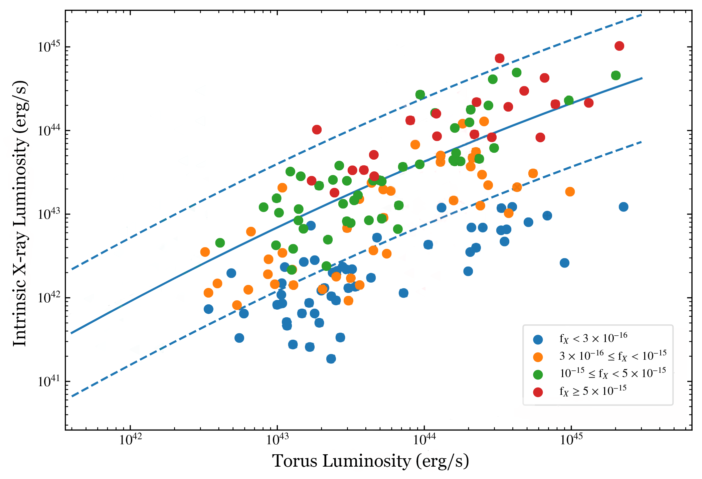
![AGN luminosity vs [OIII]](https://aasnova.org/wp-content/uploads/2020/05/HIPS-Fig-2-702x499.png)

